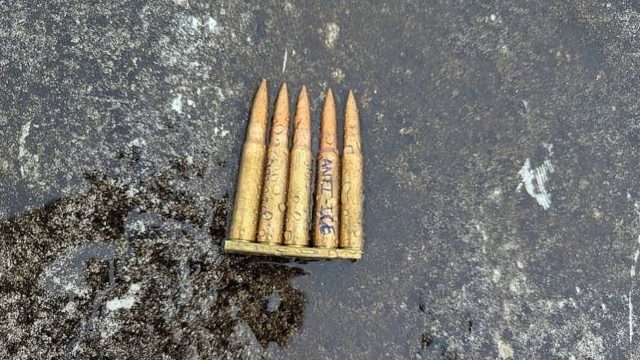
For the first time in more than three decades, “attacks by far-left extremists are outpacing far-right violence,” said Zachary Basu in Axios. That’s the finding of a new study from the nonpartisan Center for Strategic & International Studies, which looked at 750 domestic attacks and plots from 1994 through this summer. For almost all that period, far-right terrorism was “more frequent and more lethal”; in the past decade alone, right-wing extremists killed 112 people in the U.S., while leftist attacks killed 13. But “America’s domestic terrorism landscape has undergone a remarkable inversion since President Trump returned to office,” with at least five leftist attacks or plots recorded in the first six months of the year compared with one right-wing attack. And we’ve seen a flurry of suspected leftist violence in recent weeks. Fourteen days after the assassination of Charlie Kirk by a suspect who considered the conservative activist’s views “hateful,” a gunman sprayed bullets at an ICE facility in Dallas, killing two detainees. The gunman, who killed himself, may have been targeting federal agents—he wrote “ANTI-ICE” on a bullet.
The Left’s dangerous rhetoric is contributing to this wave of political violence, said Ryan J. Rusak in the Fort Worth Star-Telegram. Democrats can’t expect to keep telling their supporters that Trump is a dictator and ICE agents are the “gestapo” and “not expect some portion of them to take serious action.” It’s true that a “frightening new pattern” has emerged, said Michelle Goldberg in The New York Times. It seems to have begun in December, when Luigi Mangione allegedly shot dead the CEO of UnitedHealthcare on a Manhattan street. But while Mangione, Kirk’s suspected killer, and the Dallas shooter espoused “leftish motives for their alleged crimes,” none was a registered Democrat or involved in activism. Instead, they were “men of the internet,” who stewed in the toxic soup of social media and online chatrooms. They are “loners lashing out, cloaking their personal grievances and homicidal impulses in political rationales.”
That hasn’t stopped Trump from using “these events to paint all left-wing dissent as an existential threat to America,” said Ryan Zickgraf in UnHerd. The recent surge in political violence is indeed “troubling,” but so is the president’s vow to crack down on liberal donors and progressive foundations, which he accuses without evidence of funding and fomenting anti-Right hate. The reality is that the modern Left is “weak and fragmented,” unable to even mount a unified response to Trump’s authoritarian project. “There’s little revolutionary fervor, just a climate of disaggregated rage, and a government eager to exploit it.”
A new study finds that, for the first time in decades, attacks by far-left extremists have surpassed far-right violence in the U.S.






